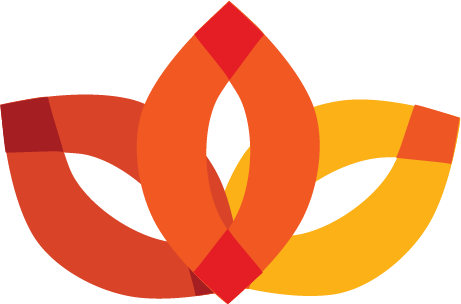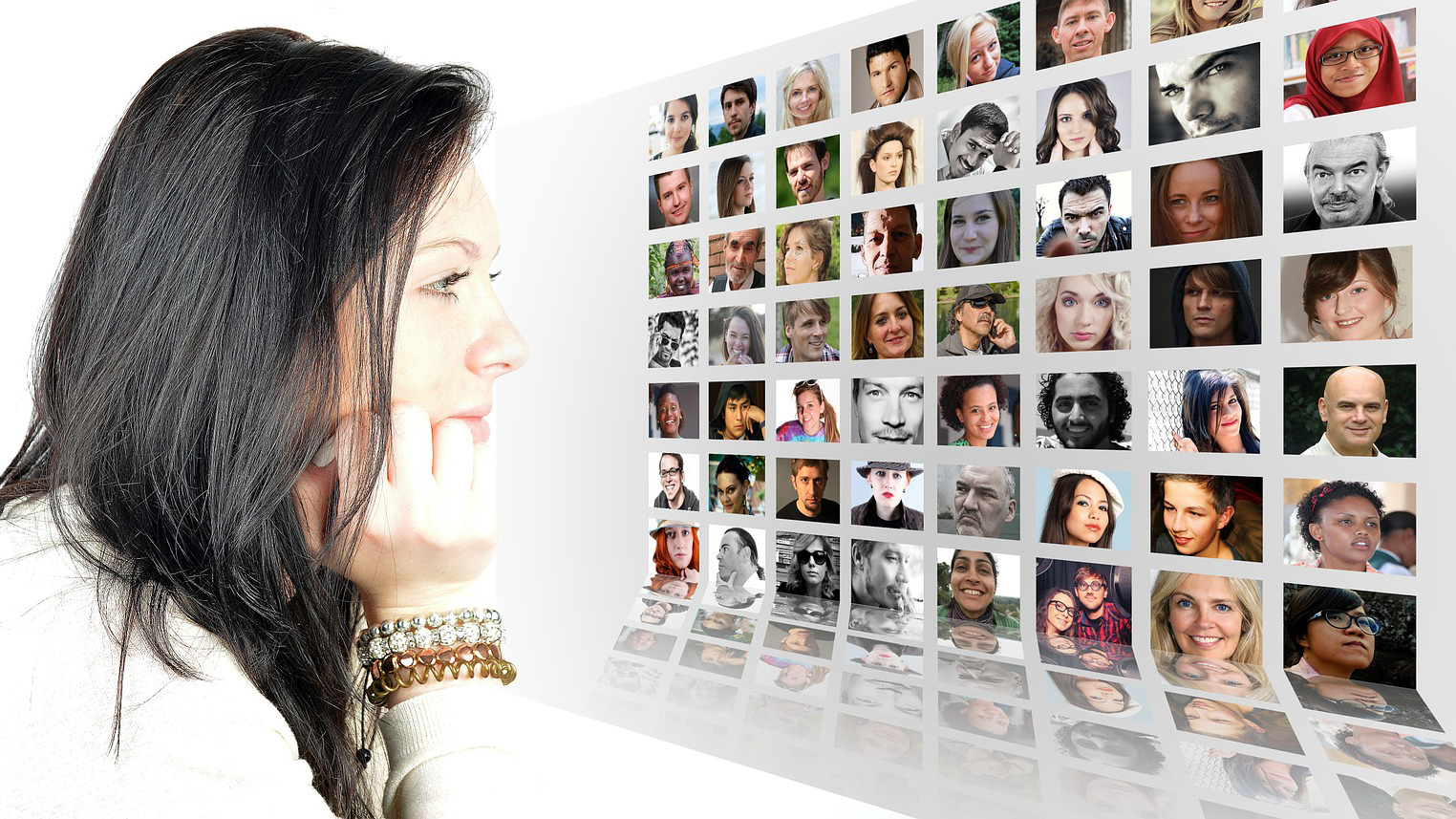
This story is about a project that involved enhancing the sustainability aspect of gender-aware recruitment and promotion processes in academia.




Enhancing sustainability of gender-aware recruitment and promotion processes in academia
Human Resources (HR), university management, academic staff, and gender researchers
Gender observations, Value exercises, Seminars e.g. world-cafés, Personas
This case has two phases. Gender researchers through the research project “Gender-aware and Sustainable Recruitment” initiated the first phase. The project adopted an interactive approach in which the current recruitment process was viewed as an innovation system with participants from HR, university management, academic staff, employment, and recruitment committees. The key actors from HR provided additional information, highlighted problems, and gave input to possible measures. The need for additional support to change gender-biased structures and thought patterns was discussed and analysed together with HR.
One of the project outcomes is a checklist illustrated as “waypoints”. The waypoint metaphor refers to points where we stop and draw attention to critical steps in the recruitment process requiring reflection and which we need to discuss, develop, and improve to create a more gender-aware process.
The second phase is an implementation phase. HR now implements a gender-aware and sustainable recruitment process using the “waypoint” concept. There are two types of gender gaps at this university: the vertical segregation of gender (few women hold professorships) and a horizontal segregation between elds of research and education (there are very few women in ICT and some areas of engineering).
By now, HR has improved recruitment and promotion guidelines and support documents with a perspective of equality, diversity, and cooperation as an outset. HR has also established a quality assurance and follow-up system with the current university’s employment and recruitment committees to promote structural and sustainable change.
A significant result is that the university in question has moved beyond seeing women both as problem and a solution to the low number of women professors as the university has designed interventions to include both women and men and a gender equality perspective.



This story is about a project that challenges the imbalance between women and men in certain work sectors and why so few young people are attracted by certain work. In short, there was a need to re-think underlying causes and origins and a need to develop actions for change.